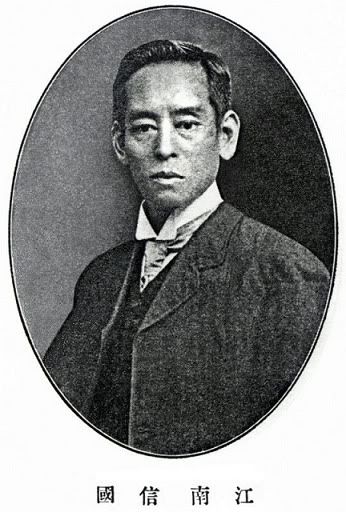
The other day I was riding with a friend of mine in what passes for a kinda, sorta, downtown area in the giant non-city that is Los Angeles. We noticed a series of banners advertising an exhibition at The Getty Museum for the photography of Felice Beato who spent a great deal of time traveling all over East Asia photographing and documenting all these newly opened countries such as China, Japan, India, Korea, and Burma. BURMA! Sorry...really old joke.
Anyways...the picture they used to advertise it was one he took of a Japanese man encased in full samurai armor and my friend being a fairly learned person in all things Japanese, indicated his interest and preference for the Japanese Bakumatsu era despite his former professor's dislike for it in general. The Bakumatsu signaled the end of the Tokugawa Shogunate period of control and basically was the beginning of the end for the old ways of Japan as they ended their isolationist policies and once again began dealing with the outside world. But as the Meiji period of Japan began there was still a lot of crossover between the old and the new and as photography started to make its way to areas in Asia there are some quite valuable documentation of what everyday life was like in those early crossover days.
So as this info all quickly flashed between us it reminded me of a Japanese photographer that I had come across during my random travels around the giant tangle that is the internet. There's a English site out of Japan that I came across called Pink Tentacle (hey...get your mind out of the gutter!) which mainly deal in interesting artistic and social aspects of the Japanese and general life in Japan. Some time back they had this article on a photographer named T. Enami, whose name in fact was Enami Nobukuni but he decided to use the name T. Enami as a pen shorthand and to make matters more confusing his son later decided to use the same alias.
T. Enami was a great photographer and over his long career he contributed quite a lot to the field -- so much so that he was eventually honored by National Geographic for his valuable contributions. One aspect of his work that made him stand out is that he had his hand in almost every kind of photographic s+yle and technique and never settled on specializing into any one field. One area that he particularly excelled at however was small-format images such as glass lantern slides and stereoview pictures -- basically a crude form of 3D photography by taking two images and viewing them together through a viewing lens. I thought that these were pretty damn cool and so I thought I'd share a handful of them with you. Enjoy!
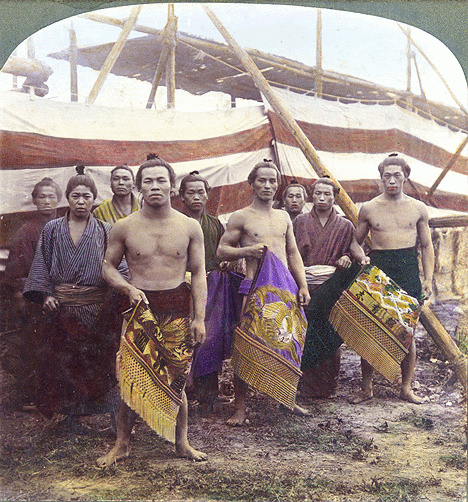
Sumo Wrestlers
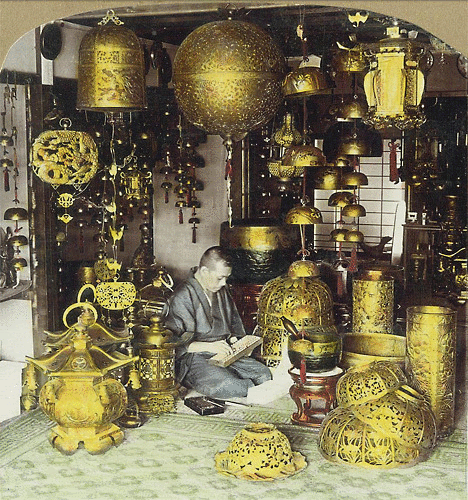
Buddhist Ornament Dealer
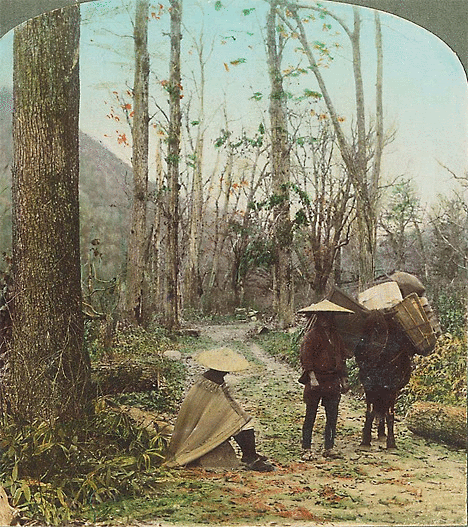
Chujenji Road in Nikko
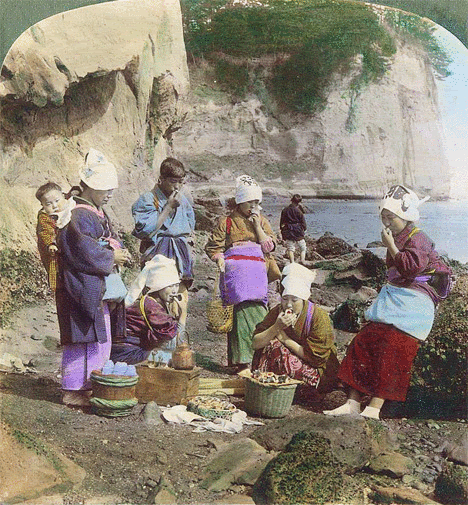
Clam Diggers Enjoying a Lunch Break
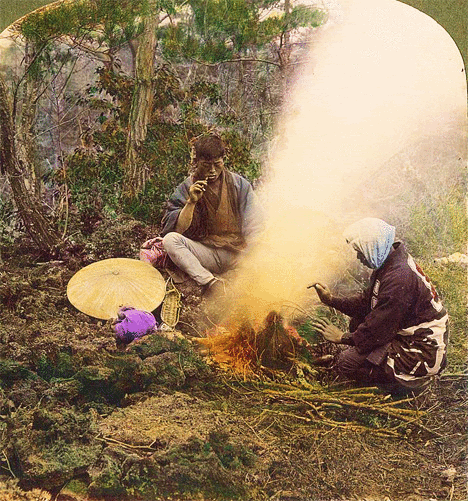
Campfire on the Peak of Mt. Myogi Nakasendo
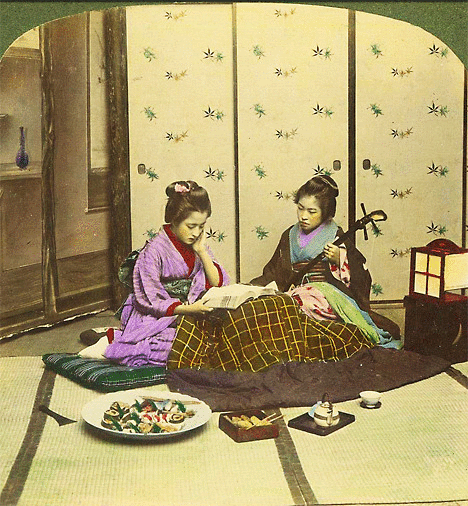
Geisha Playing Music
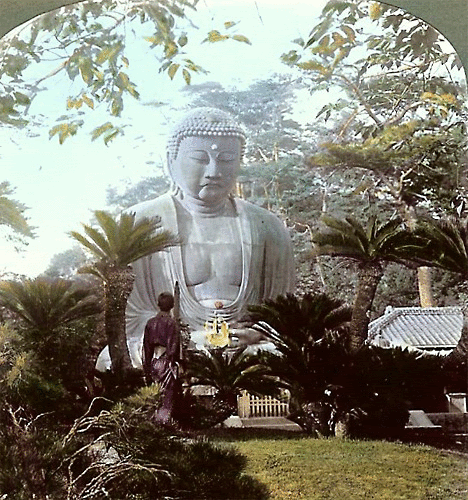
Great Buddha of Kamakura